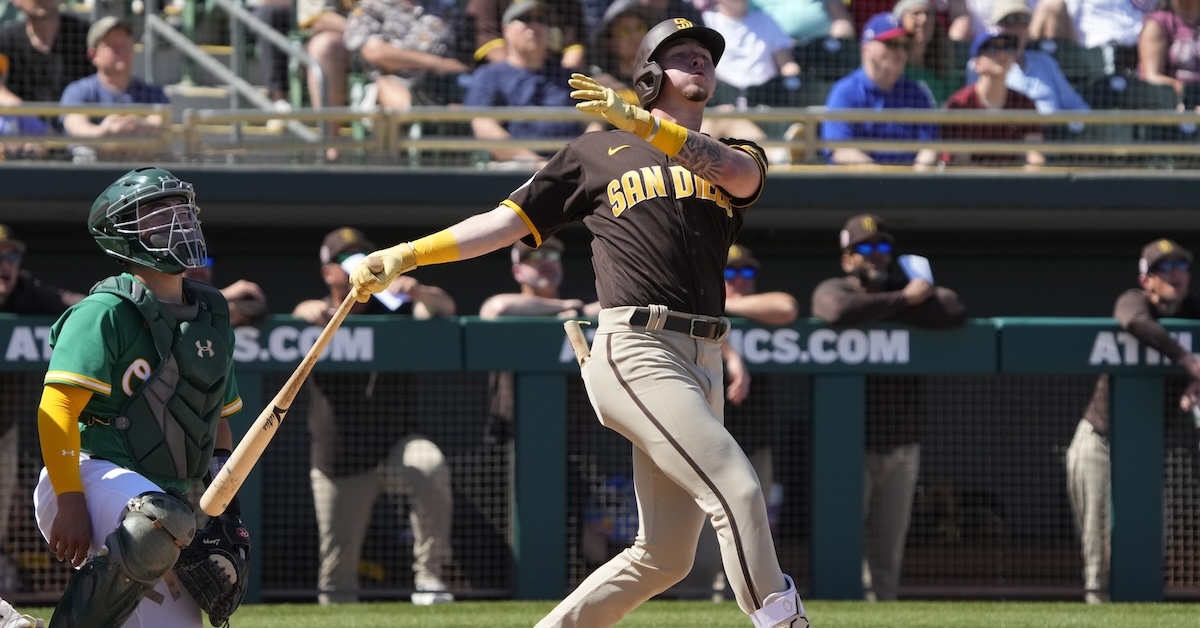How’s My Driving?

I was hired to be FanGraphs’ Lead Prospect Analyst just after the 2016 Draft and took my first run at evaluating the entire minor leagues on my own the following winter. Enough time has now passed that many of the players from that era of prospecting have had big league careers transpire (or not). Hindsight allows me to have a pretty definitive idea of whether my call on a player was right or wrong in a binary sense, and gauge the gap between my evaluation and what the player ultimately became. Looking back allows me to assess my approach to grading and ranking players so that I might begin to establish some baselines of self-assessment and see how I perform compared to my peers at other publications. I spent time this offseason compiling the various Top 100 prospect rankings from seven years ago for the purposes of such a self-assessment. Below are the results of that exercise and my thoughts on them.
There are absolutely deeper avenues of retrospective analysis that can be done with prospect lists than what I have attempted below, approaches that could educate us about prospects themselves, and probably also about prospect writers. Before we get to a couple of big, fun tables and my notes, I want to quickly go over why I took the approach I did here, discuss its flaws, and posit other potential methods (while also including some thoughts about their limitations). Read the rest of this entry »








